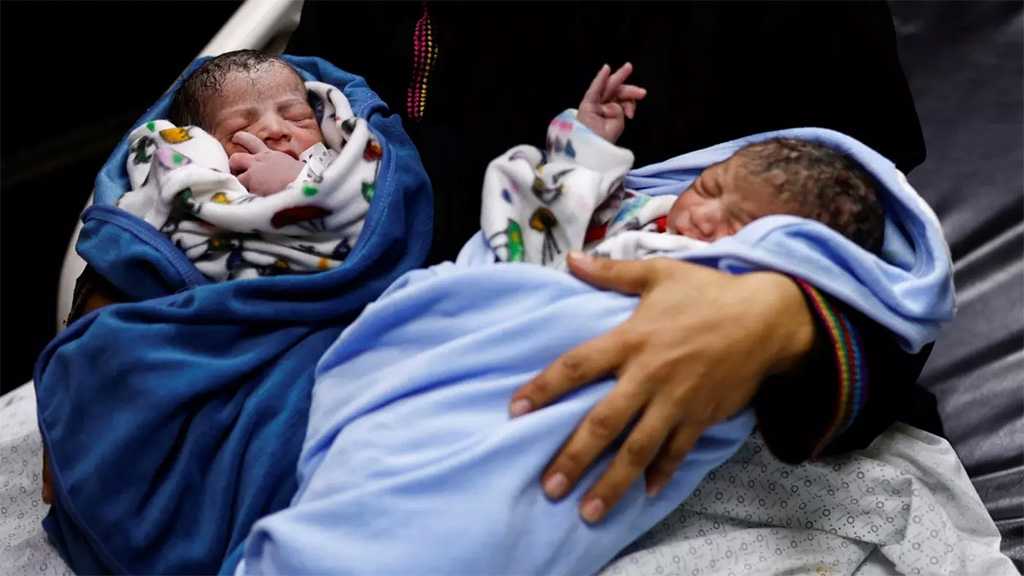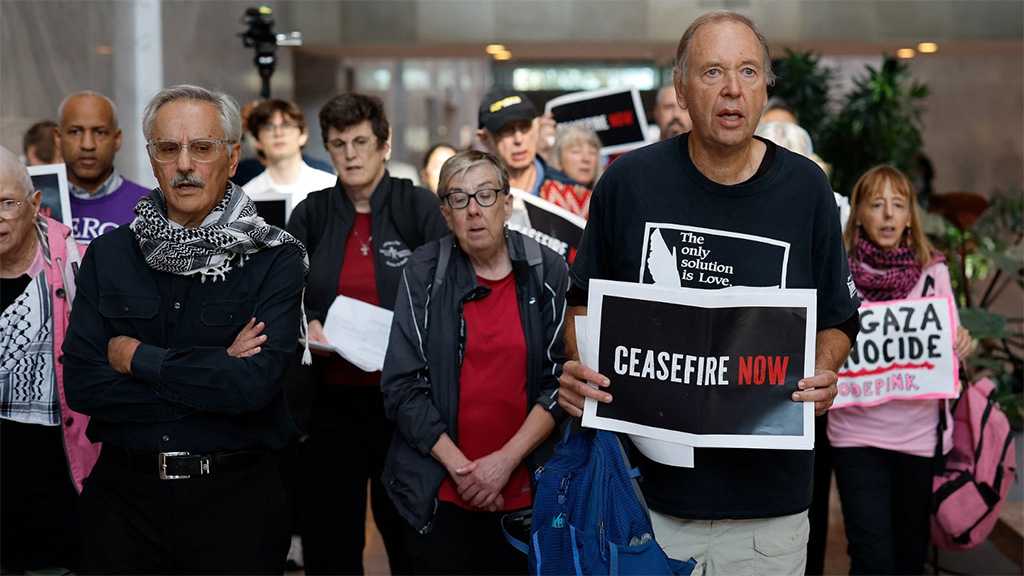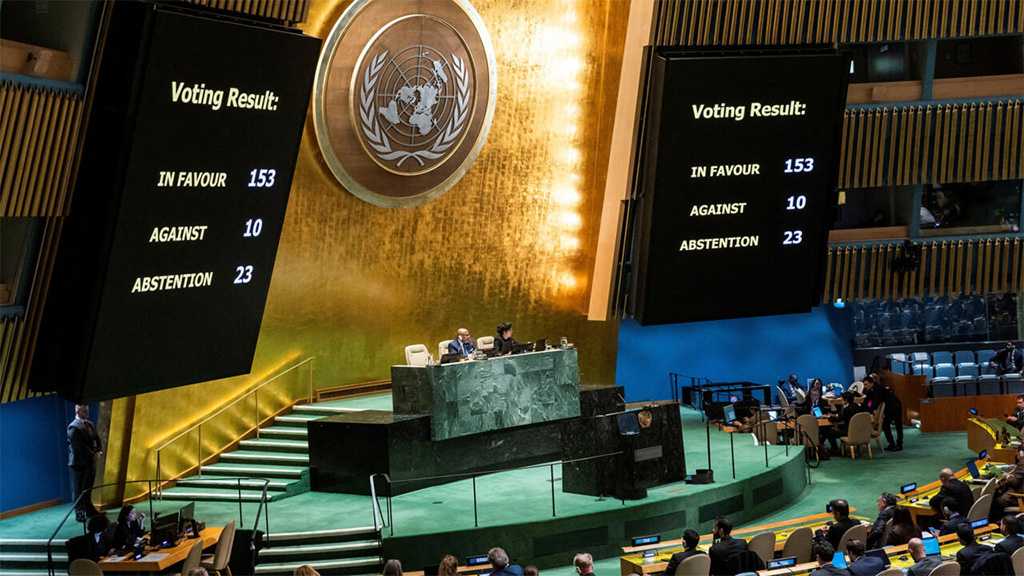
More Than Money Needed To Stop Humanitarian Catastrophe In Yemen
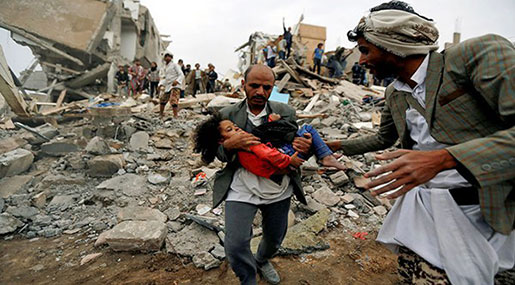
Norwegian Refugee Council
As donors convene in Geneva for a high-level pledging event on Yemen 3 April, aid workers in the country assert that it will take more than donations from the international community to keep millions of Yemeni people alive.
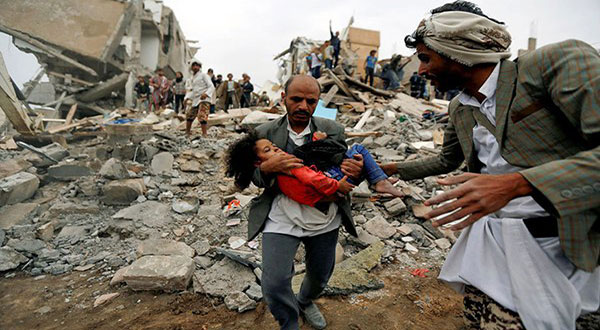
The price tag on this year's Yemen Humanitarian Response Plan is $2.96 billion, an increase of 80 per cent since 2016. Three years of war in Yemen have systematically destroyed social safety nets and pushed millions of people towards aid dependency.
Three quarters of Yemen's population - more than 22 million people - now need some form of humanitarian assistance or protection, but ongoing measures that restrict the movement of humanitarian actors mean that almost half of them live in areas that are difficult to reach with aid.
"More and more people need assistance that is becoming harder and harder to deliver," said Norwegian Refugee Council Secretary General Jan Egeland.
"We need more than money alone, we need help to ensure we can deliver critical aid where it is needed most. Above all, we need to see an end to the duplicity of nations trading in arms and bombs being used on Yemeni civilians while pledging money in an attempt to keep them alive."
In addition to challenges reaching people in need, humanitarian actors are grappling with the impact of collapsing public services and a crumbling economy, which have led to world's largest cholera outbreak in decades that is now threatening to return with the impending rainy season expected to start this month.
1.2 million public servants in Yemen have not been paid their usual salaries since August 2016, leaving more than half the population without access to basic healthcare, education, safe water or sanitation.
The break down in services has corresponded with dramatic, widespread inflation on the price of basic commodities, caused in part by measures that block and restrict movement through Yemen's main ports. The imposition of a full blockade on Hodeida Port in November 2017 set off dramatic inflation that has continued since, despite the resumption of imports.
"On the one hand we have authorities denying people access to basic services, and on the other we have their opponents denying them access to basic goods they can't afford," said Egeland, who will speak on a panel on humanitarian access at tomorrow's event.
The combined impact of impeded access, eroding public services and obstructions at Yemen's ports is shifting undue pressure onto a humanitarian response overwhelmed with the scale of need.
"The world has a responsibility to the people of Yemen and must pledge generously to this humanitarian response," Egeland said. "But the international community can and must offer more than just money: Yemen needs steps that keep ports open, restore public services and make humanitarian access possible. Only with conscious leadership will we stop this manmade catastrophe in Yemen."
Needs overview
· Total population: 29.3 million
·Population in need: 22.2 million or approximately 76 per cent of the population.
· Funding needed for 2018: USD 2.96 billion (3 per cent funded as at 15 February 2018)
Displacement
· Total: More than 3 million Yemeni people, have been displaced due to either conflict or natural disaster since March 2015, including 190, who have crossed borders into neighboring countries and the Horn of Africa.
· Current: 2 million people remain internally displaced across 21 of Yemen's 22 governorates
Food security/Famine
· Total food insecure: 17.8 million · severely food insecure and at risk of starvation: 8.4 million (an increase of 24 per cent since 2017)
Health, Water and Sanitation
· Cholera: 1,081,420 suspected cases and 2,267 associated deaths
· Diphtheria: 1,368 suspected cases and more than 76 associated deaths since October 2017
· Water: 16 million people lack access to safe drinking water and sanitation
· Infrastructure: Only 50 per cent of health facilities remain functional; 1800 schools have been fully or partially closed as a result of the conflict
Economy/Livelihoods
· Economy: The Yemeni riyal has depreciated by 42 per cent since January 2017
· Inflation: The price of basic commodities had risen by 47 per cent in December last year, leaving millions of Yemenis unable to afford food and water.
· By December 2017, the price of diesel was 235 per cent higher than in previous months.
Source: Reliefweb, Edited by website team
Comments
